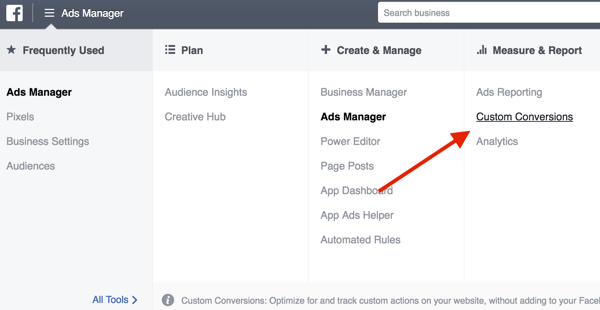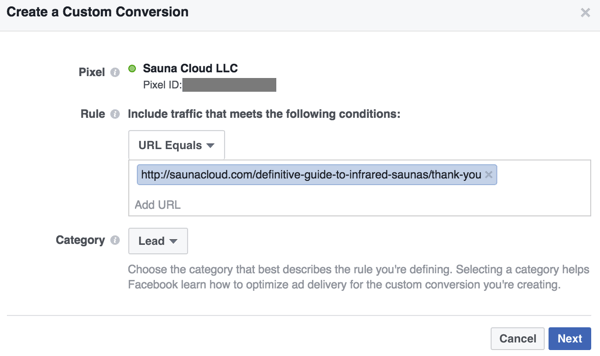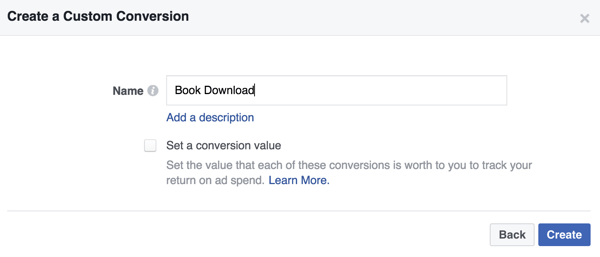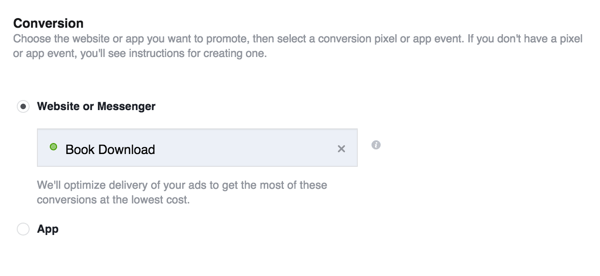Facebook ads are powerful, and they can also be surprisingly affordable for small businesses and solopreneurs.
While there are probably a few exceptions here and there, just about any brand can benefit from paid Facebook advertisement.
But how much should you actually spend?
What kind of budget is going to get you a good ROI without wiping out your business's bank account?
According to a recent post from Social Media Examiner, the best way to go about determining a budget is to start with your target revenue goal.
What return on ad spend (ROAI) are you shooting for?
How much revenue do you need to generate as a result of your advertising campaign?
From there, you can work backwards to pinpoint the right budget for your campaign.
You can also continuously sculpt and refine your ads over time to maximize your ROI.
In their post, Social Media Examiner breaks this process down into four easy steps.
#1: Set a Target Revenue Goal
“What budget do we need to generate $X in revenue with Facebook ads?”
Establishing a revenue goal for your campaign informs the ad planning process and helps you more accurately report the ROI, or return on ad spend (ROAS).
Say you want to use Facebook ads for lead generation, targeting $10,000 monthly revenue.
If the margin on your product is around $1,000, you need 10 sales per month derived from Facebook ads.
#2: Create a Custom Conversion Path in Ads Manager
First, install and configure the Facebook pixel so you can track your conversions and provide transparent ROI.
Once the pixel is in place, you’ll need to create a custom conversion.
Suppose you want to set up a custom conversion to measure ebook downloads. Open Facebook Ads Manager and select Custom Conversions.
[image source: Social Media Examiner]
Go to Facebook Ads Manager and click Custom Conversions in the Measure & Report column.
Then click Create Custom Conversion.
In the pop-up window, enter the URL of your thank-you page, select Lead as the category, and click Next.
[image source: Social Media Examiner]
Create a URL-based custom conversion with your confirmation page.
Enter a name for your conversion and click Create.
Now anytime people view the thank-you page (which loads when they successfully fill out the lead generation form), Facebook will record a lead.
When you create your Facebook ad, choose Conversion as your objective and select your custom conversion as the conversion event.
[image source: Social Media Examiner]
When you create your Facebook ad, select the Conversion objective and choose the custom conversion you just created.
At this point, everything is set up to accurately attribute ad spend to lead generation.
#3: Create a Two-Part Ad Campaign
When you calculate cost per lead, your audience, ad creative, and funnel strategy can have a huge impact on the results.
Instead of sending cold traffic directly to an ebook download page, use content to warm up your audience before asking them to submit their email address. You can do this in two steps:
- Send cold audiences to a high-quality blog post.
- Retarget blog readers with your lead magnet.
#4: Monitor Your Results and Adjust Your Ad Campaign
After you run your ads for a while and gather conversion data, go to the Ads Manager to take a look at your costs. To see the relevant data, you’ll need to configure your columns to show custom conversions.
Refine Your Campaigns
Now that you’ve designed a Facebook ad budget based on a revenue goal, there are some ways you can improve your results:
- Double down on the cold audiences that perform best. For example, if people interested in “detoxification” were much cheaper to target than people interested in “health benefits,” shift budget to the “detoxification” audience to create more leads at the same cost.
- Create lookalike audiences based on the leads you generated. Facebook will use a combination of data points to target people who are similar to the people who filled out your form.
You can find more advice for maximizing your Facebook ad ROI over at Social Media Examiner.
CHALLENGE Yourself to Profit!
Free Download: Build Your Profit-Generating Online Business With This Free Blueprint
Sign Up, follow the easy steps and You'll get the tactics, strategies & techniques needed to create your online profit stream. It's free!







